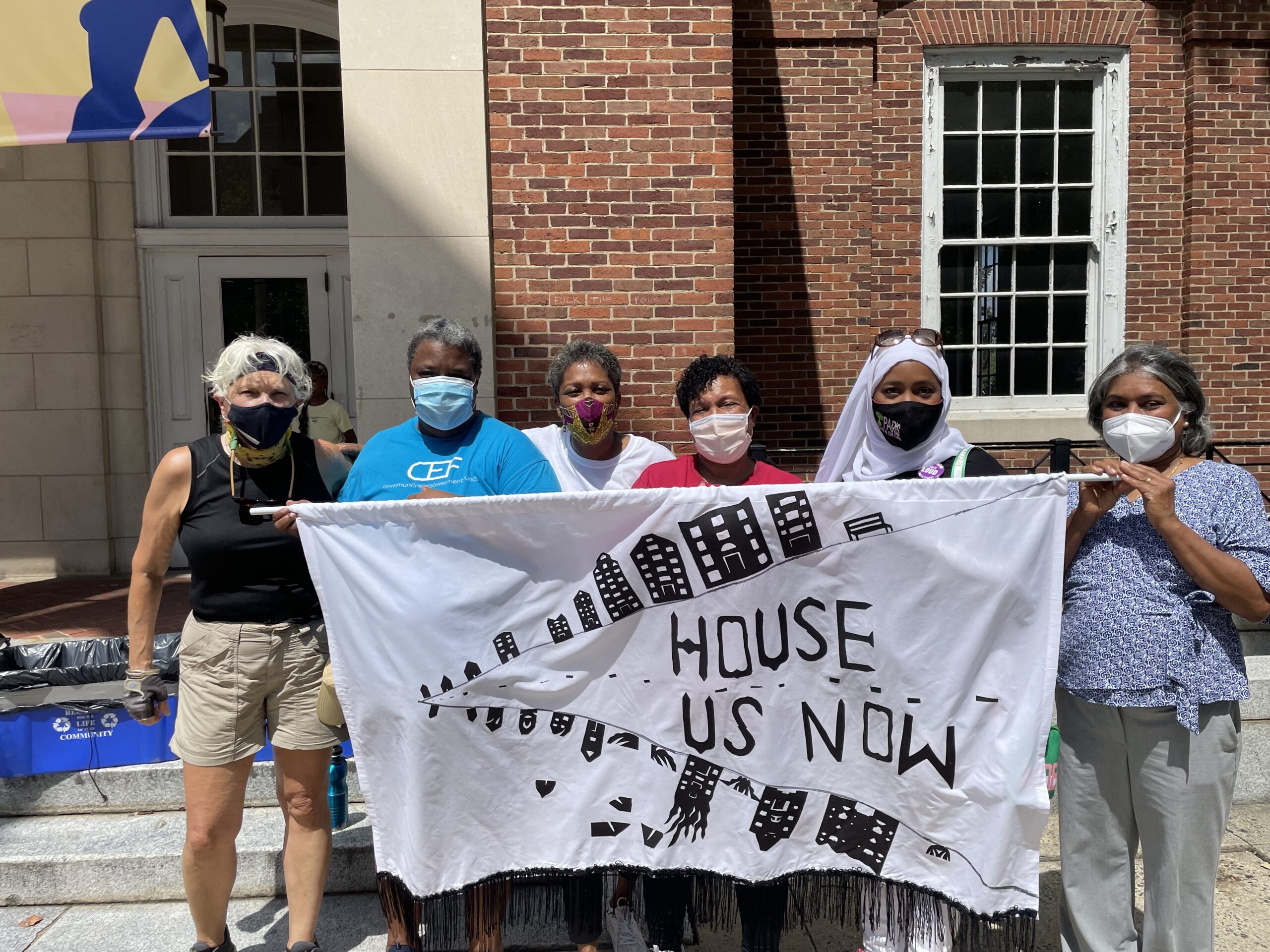Orange County hasn’t had a plan for affordable housing since 2001. Until now. The Orange County Board of Commissioners met Thursday to discuss the strategic plan that was first introduced in April.
The Board is moving forward with the plan that will allocate one million dollars to developing one thousand affordable housing units over the next five years for people below the median income level. According to the plan, this will help close the gap for those who need affordable housing, but don’t have it.
“When you talk about the gap it can be looked at from many angles and perspectives and we certainly have had discussions from many angles,” said Audrey Spencer-Horsley, Director of the Orange County Housing, Human Rights and Community Development Department.
Spencer-Horsley said there are currently community and business partnerships working to close that gap, but they aren’t working quickly enough.
“I think they’ve done a wonderful job with the resources,” she said. “But I think we have to think more creatively about how we can bring more units with the resources that we have.”
The Board also discussed how they were going to lay out the project so that there would be room for the proposed housing units. County Planning Director Craig Benedict was also at the work session. He said maybe Orange County will have to think outside the box.
“Maybe we purchase land and change the zoning to a mobile home park or a cottage home development,” he said.
District One Commissioner Penny Rich said the most important thing is that everyone who makes up Orange County works together to make the plan come to life.
“It’s not just Orange County,” Rich said. “It’s everybody in Orange County. So we need to be working with our partners.”
Some of these partners include the Section 8 Housing Choice Voucher Program and Community Home Trust. Spencer-Horsley says she hopes to develop more partners soon, and get as many people in the community involved as possible.
“One of the things that I’m hopeful is for example, that we can engage more of our financial institutions to be a resource,” she said. “So we’ve started talking to some of the banks in the community about how they may be able to help.”
The total plan is estimated to cost 13 million dollars with 12 million coming from sources such as grants, funds and bonds.



